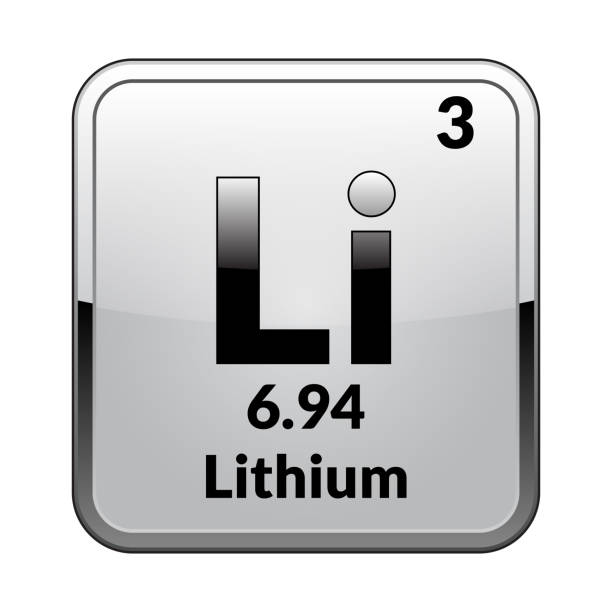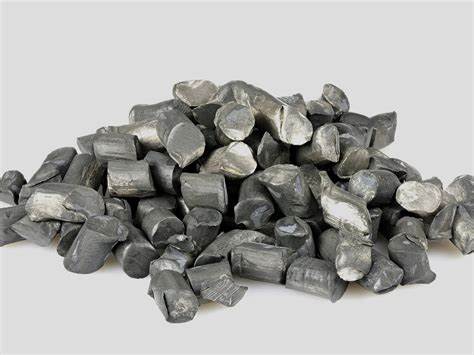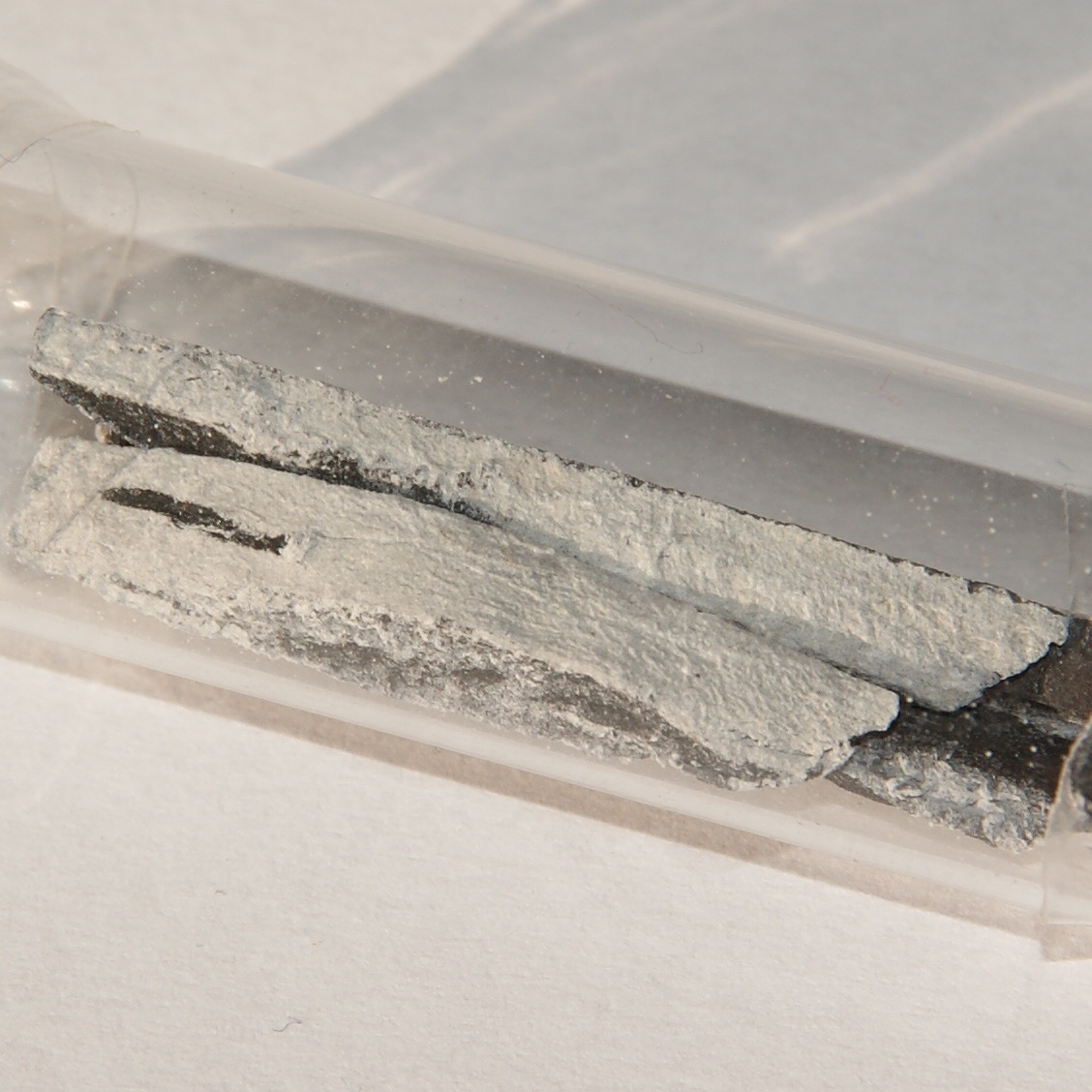Identity.
Lithium has a melting point of 180.54 C, a boiling point of 1342 C, a
specific gravity of 0.534 (20 C), and a valence of 1. It is the
lightest of the metals, with a density approximately half that of
water. Under ordinary conditions, lithium is the least dense of the
solid elements. It has the highest specific heat of any solid element.
Atomic Structure:
Lithium has 3 protons and 3 electrons in its nucleus. The protons have
a positive charge and the electrons have a negative charge. The number
of protons determines the identity of the element, and the number of
electrons determines its chemical behavior.
History.
The history of lithium is a fascinating journey that spans billions of
years, from its cosmic origins to its pivotal role in modern
technology. Lithium, the third element on the periodic table, is the
lightest metal and one of the most abundant elements in the universe.
It is believed to have been created during the Big Bang, the
cataclysmic event that gave birth to our universe.
The discovery of lithium's unique properties dates back to the
early 19th century. In 1817, the Swedish chemist Johan August
Arfwedson isolated lithium from the mineral petalite. He named the
new element "lithion," derived from the Greek word "lithos,"
meaning "stone."
Throughout the 19th century, lithium's applications were limited
due to its rarity and high cost of extraction. However, in the
20th century, advancements in technology led to the development of
more efficient methods for lithium extraction and purification.
This paved the way for its widespread use in various industries.
Today, lithium is a crucial component in many modern technologies,
particularly in rechargeable batteries. Its lightweight, high energy
density, and ability to store and release large amounts of energy make
it ideal for powering electronic devices such as laptops, smartphones,
and electric vehicles.
Sources.
As the universe expanded and cooled, lithium condensed into stars and
galaxies. Over time, these stars underwent nuclear fusion,
transforming lithium into heavier elements. However, some lithium
survived these stellar processes and remained dispersed throughout the
cosmos.
Fast forward to the formation of our solar system, approximately 4.6
billion years ago. The remnants of lithium from the early universe
were incorporated into the protoplanetary disk, the swirling cloud of
gas and dust from which the planets formed. As the planets coalesced,
lithium became concentrated in certain regions, particularly in the
rocky inner planets, including Earth.
On Earth, lithium is primarily found in igneous rocks, formed from the
solidification of molten magma. These rocks are often found in areas
with high geothermal activity, such as volcanic regions. Lithium is
also present in seawater, albeit in very low concentrations.
Properties.
Lithium is a chemical element with the symbol Li and atomic number 3.
It belongs to the group of alkali metals, which are very reactive and
tend to lose one electron in chemical reactions. Lithium is the
lightest metal and the lightest solid element in the periodic table.
It has a silvery-white color and can be cut with a knife. It was first
discovered in 1817 by Johan August Arfwedson.
One of the most remarkable properties of lithium is its high specific
heat capacity. It can absorb a lot of heat without changing its
temperature. This makes it useful for thermal management in devices
such as batteries, laptops, and electric vehicles. Lithium also has a
low density, which makes it lighter than air. It can float on water
and oil, but it reacts violently with both.
Lithium has many applications in science and technology, thanks to its
unique characteristics. It is used in batteries, lubricants,
medicines, and nuclear fusion. Lithium batteries are widely used in
electric vehicles, smartphones, laptops, and other devices. Lithium
lubricants help reduce friction and wear in machinery. Lithium
medicines are used to treat bipolar disorder and depression. Lithium
is also a potential fuel for nuclear fusion, as it can produce
tritium, a radioactive isotope of hydrogen.


